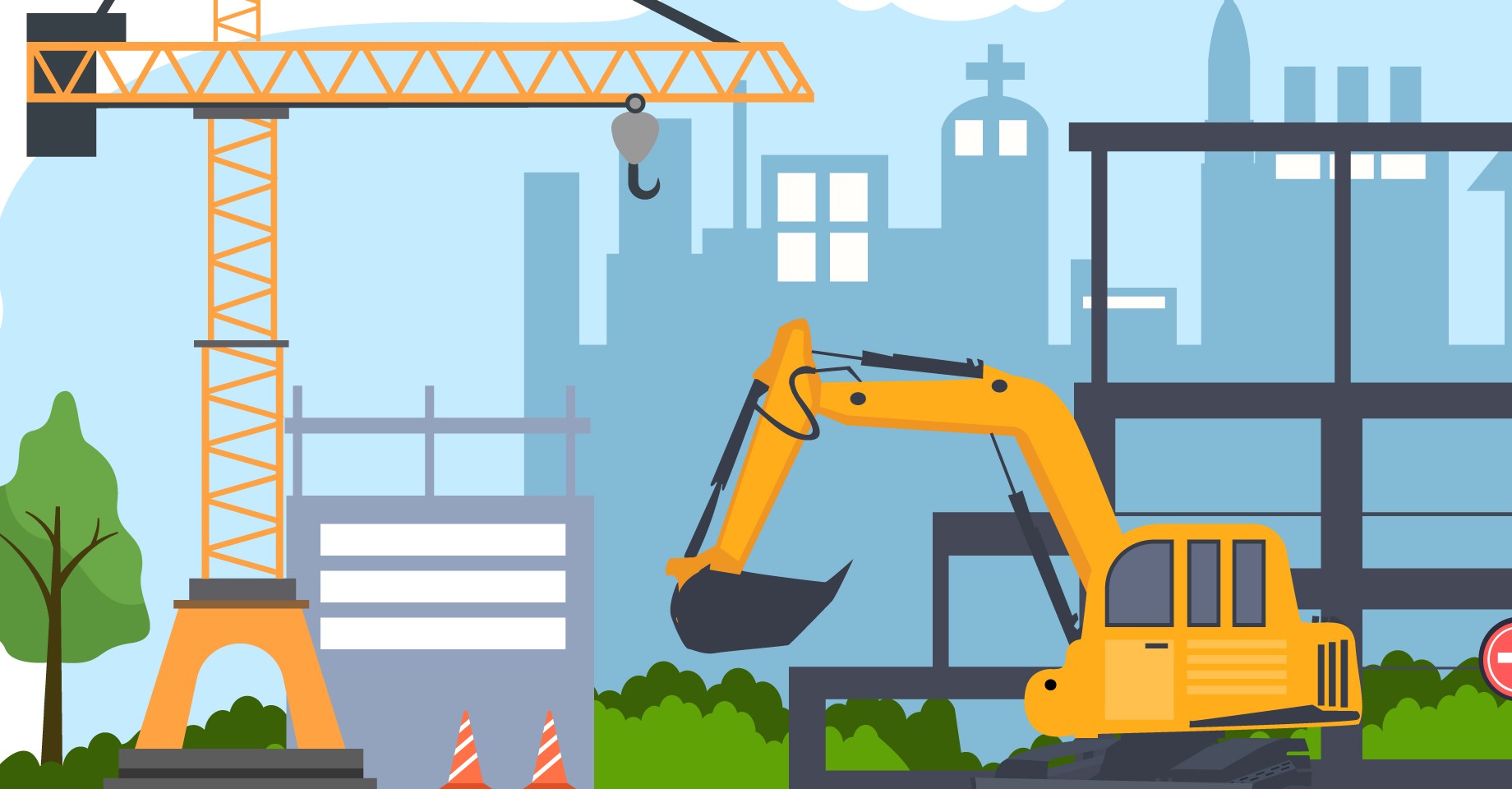Construction costs are a staple pain point for commercial real estate developers. After all, they account for the majority of the cost associated with building a new property, and can be difficult to estimate. This has been particularly true in the last couple of years. Total construction costs have increased more than 40% since the start of the pandemic, primarily due to increased materials costs, which are 37% above pre-pandemic prices. Equipment and labor costs are also significantly higher. Prior to the pandemic, construction prices rose 5%-8% annually, but in the last three years, costs have grown at double-digit rates.
These numbers are meticulously tracked by developers, but construction management fees are an often overlooked pricing metric that can also substantially contribute to higher construction costs. Construction management fees are up this year, with some asset classes now costing more than 5% of the total construction budget in management fees alone.
Here’s everything developers need to know about the upward trend in construction management fees and which asset classes are the most exposed.
Construction Management Costs Are Rising
Construction managers oversee the construction of ground-up developments or other extensive construction projects. Often working alongside project managers, who have broader oversight of the development, construction managers are the boots-on-the-ground presence on the project. They directly oversee the contractor, subcontractors, materials deliveries and other functions happening on the physical construction sight—and their fees are rising.
Before the pandemic, developers could expect to pay about 2% for a construction management fee. Today, the fees vary dramatically across asset classes, but developers can expect to pay well above 2%, and in some cases, more than 5%. In addition, most construction managers today are basing the fee on both hard costs and soft costs, not hard costs alone, as was once the standard. In today’s market, only 27% of construction management fees are based on hard costs alone. Considering that contractor bid prices have also increased—up by 24% last year—the total cost for construction management is up significantly.
In the last year, DLA Piper reports that two clear trends have emerged. Properties are generally falling in one of two buckets, either 2%-3% or 5%-plus, depending on the asset class.
Multifamily Has the Highest Fees
Multifamily assets are in the latter group, with construction managers charging 5% or more for an apartment project. According to a report from DLA Piper, 94% of apartment projects have construction management fees above 5%. The remaining projects have between a 2%-5% fee. It is hardly surprising that apartments would carry the highest fee. Fee structures are typically based on the complexity of the project – the finishes, quality, size and unit number of the property. Apartments would likely tick all of these boxes, driving up the fee.
Mixed-use properties are also among the assets with the highest construction management fee, with two-thirds of mixed-use assets paying in the 5% or higher range, and the remaining third are paying in the 2%-3% range. Like apartment properties, mixed-use assets are also complicated and require a highly finished project in the end. In addition, many mixed-use projects include a residential component, affirming the elevated cost. While some industrial, life science and medical office projects also reported fees above 5%, they made up only a nominal portion of the overall fee range for those asset classes.
Most Asset Classes Fall in the Middle
Multifamily and mixed-use—two of the most developed asset classes—are at the high end of the spectrum, but most asset classes fall in the middle range, that is between 3% and 5% for construction management fees. More than half of all office, life science and medical office developments fall within this range.
However, this middle segment also has much more pricing variation. Most of the projects for these asset classes are in the middle range, but there are also office, life science and medical office projects in the 2%-3% range and in the 5%-plus range. In addition, a nominal percentage of office and life science projects (6.7% and 5.6%, respectively) are paying a fee of less than 2%. These are the only asset classes that reportedly have a sub-2% construction management fee this year.
Industrial and Senior Housing Are the Most Affordable
On the other end of the spectrum, industrial and senior housing projects fall in the 2%-3% range, giving them the lowest construction management costs of all asset classes. All of the senior housing projects (100%) fall in the 2%-3% range. This is surprising, considering that senior housing is a residential build, and in the last 10 years, senior housing has evolved into high-quality living communities. In fact, a study conducted by Brown University found that higher quality senior living facilities improved the quality of residents’ outcomes. These properties are more expensive and complicated to build, yet the construction management fee has not increased.
Two-thirds of industrial assets also fell within the 2%-3% range, although industrial projects had more variation. The remaining third of industrial builds was spread across the other pricing categories, ranging from 3%-5% or more.
Developers track a wide range of construction costs. Although contractor bids – which reflect materials and labor costs – and financing costs are both rising, there are several factors that are driving up the total cost of development. Savvy developers are managing those costs by leveraging progressive technologies, like machine learning, predictive analytics and automation, to not only track and anticipate costs but to stay on budget, reduce overages and create efficiencies to deliver on time.
Northspyre has combined these tools into a development command center that enables developers achieve more predictable outcomes and drive better returns—a huge benefit in a market with rising construction costs. Challenging construction costs are prevailing, but they don’t have to ruin a project.
By understanding pricing trends and leveraging new technologies to better manage costs, developers can still ensure deals will pencil.



